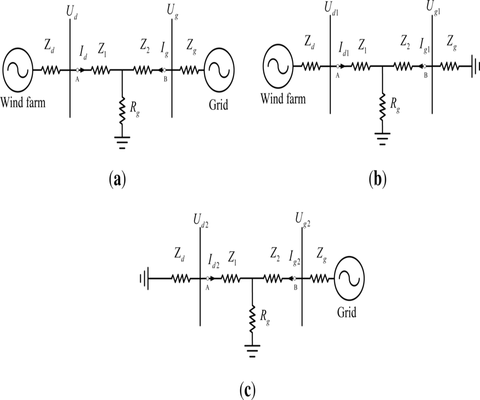SHORT CIRCUIT STUDIES
A Short Circuit Study is a foundational analysis that evaluates the behavior of an electrical power system under faulted conditions. Whether it’s a single-phase-to-ground or three-phase fault, this study helps engineers calculate prospective fault currents that could flow during electrical disturbances. These calculations are essential for selecting equipment, configuring protective relays, and ensuring overall system safety.
Purpose & Importance
The main objective of a short circuit analysis is to determine:
- Maximum fault currents at various locations
- Equipment rating validation
- Relay and breaker coordination
Understanding how much current may flow during a fault is vital for:
- Selecting correct circuit breaker ratings
- Ensuring fuse coordination
- Sizing cables and busbars
- Preventing thermal and mechanical damage
- Protecting human life and assets
Technical Scope (ETAP-based)
A comprehensive Short Circuit Study typically includes:
- Symmetrical Components Analysis (Positive, Negative, and Zero sequences)
- Three-phase, Line-to-Line, Line-to-Ground, and Double Line-to-Ground Fault Calculations
- Momentary and Interrupting Current Ratings
- Peak Asymmetrical Current Analysis
- Bus Fault MVA and kA Ratings
- Breaker Duty Comparison
- Evaluation against ANSI/IEEE or IEC standards
Types of Faults Covered
1. Balanced (Symmetrical) Faults:
- Three-phase faults
2. Unbalanced (Asymmetrical) Faults:
- Line-to-Ground (LG)
- Line-to-Line (LL)
- Double Line-to-Ground (LLG)
Each type has different implications on system behavior, and ETAP provides graphical fault simulation to visualize system response during such faults.
Equipment Protection & Compliance
A Short Circuit Study is not just a precaution—it’s an essential investment for:
- Verifying SC Ratings of Switchgears
- Ensuring Relay Coordination
- Validating the Making and Breaking Capacity of CBs
- Determining Transformer Impedance Ratings
- Calculating Universal Relay Settings across multiple fault levels
Without an accurate SC study, you risk:
- Incorrect breaker sizing
- Under-rated busbars
- Inadequate relay operation
- System-wide cascading failures
Our Service Promise
At SPTPL, our Short Circuit Studies are simulation-based, code-compliant, and customized for your exact system architecture. We help you:
- Verify the fault withstand capacity of equipment
- Choose correct breaker interrupting ratings
- Create coordinated protection schemes
- Comply with IEC 60909, IEC 61363, IEC 62271, IEC 60947 and other global standards
We deliver detailed reports with:
- Easy-to-read one-line diagrams
- Fault current contingency assessments
- Device adequacy tables
- Recommended upgrades

